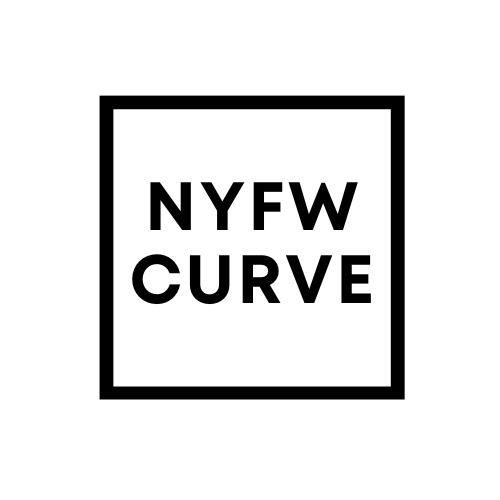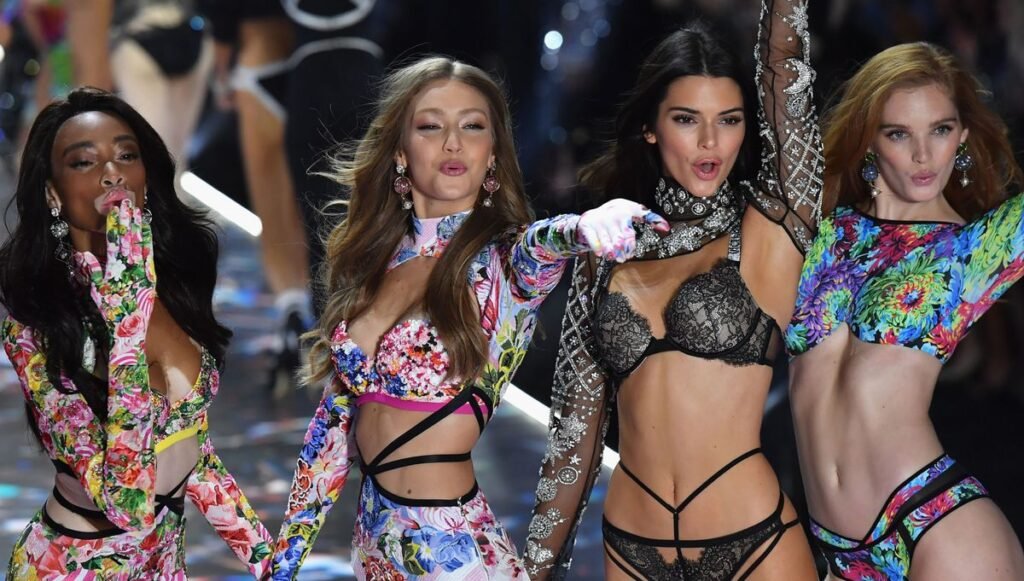In 2022, up-and-coming pop star Jax makes her debut at a retail store known to all American women. “I know Victoria’s Secret,” she shudders in the chorus, “she got her makeup done by a man!”
This radio-friendly insinuation of one of America’s best-known lingerie brands is more of a half-truth. Indeed, Victoria’s Secret’s heyday—an era of super push-up bras, dingy stores, and models known as “angels”—was led by controversial CEO Les Wexner (Les Wexner) and chief marketing officer Ed Razek. Indeed, behind the scenes, the company’s top women try to mold Victoria’s Secret in their image. They just don’t always succeed.
The emergence of female executives is surprising Selling Sexiness: Victoria’s Secret and American Idol Revealed, A new book charts the rise and fall of brands and their impact on U.S. retail. While the book delves into some high-profile topics, such as the brand’s earliest iterations of the Victoria’s Secret Fashion Show and devotes a chapter to Wexner’s relationship with sex trafficker Jeffrey Epstein, But what struck me most, as a reader, was the quiet but purposeful presence of the women in the background. The original catalog business and line of San Francisco boutiques was created by husband and wife team Gaye Raymond and Roy Raymond. The businesses were eventually acquired by Wexner’s L Brands group, along with the first fictional character, Victoria, around whom the brand will revolve.
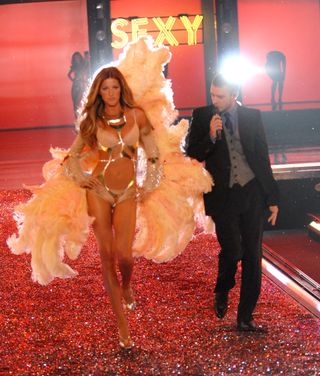
Gisele Bündchen walks the runway at the 2006 Victoria’s Secret Fashion Show, performed by Justin Timberlake.
(Image source: Getty Images)
The famous VS catalog was led by a woman named Cynthia Fedus-Fields from the mid-1980s to 2000, while the store’s department was directed by executive Grace Nichols from 1991 to 2007. A few of the many contributions and comments. Women see lingerie as a potential empowerment tool, while top brass view it as the ultimate fulfillment of their own fantasies. (The book quotes a 1985 interview with Wexner, “We sell hope in a bottle.”) Sometimes it’s difficult to connect what a brand ultimately presents to the world with the aspirations of the people who actually work at it.
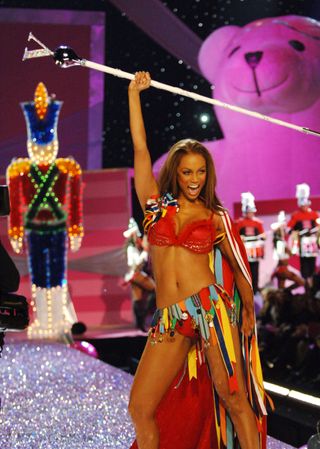
Tyra Banks walks in the Victoria’s Secret 10th Anniversary Fashion Show in 2005.
(Image source: Getty Images)
Authors Lauren Sherman and Chantal Fernandez didn’t expect so many women to shape Victoria’s Secret behind the scenes. Once they began reporting, they soon discovered that some key figures had moved into roles with the brand rather than the careers available to women at the time – mainly teaching and nursing. As Victoria’s Secret grew in influence in the 1970s and ’80s, “it was also a transformative moment in women’s careers, and many women became very wealthy working at Victoria’s Secret,” Fernandez said.
“I think women in fashion and retail are able to advance faster because of their connection to the customer,” Sherman said. “And Wexner, despite his shortcomings, trusted and promoted a lot of women in his businesses.”
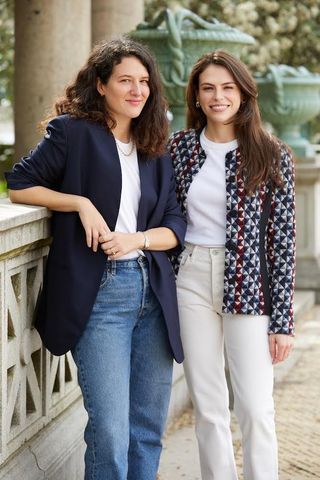
Selling Sexiness: Victoria’s Secret and American Idol Revealed Authors Lauren Sherman and Chantal Fernandez.
(Image credit: James Manifico)
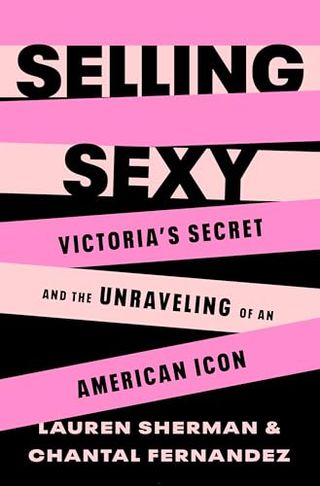
Selling Sexiness: Victoria’s Secret and American Idol Revealed
Revealing this fact is one of many nuances for the reporting duo, who are fashion businesswant to stand out in the history of the brand. Victoria’s Secret undoubtedly has its flaws and harmful impact on culture. Sherman and Fernandez’s reporting was relentless in leading to Victoria’s Secret’s eventual downfall, including the abuse of models and the backlash against its sexy image in the mid-2000s. Among other things, the pair also wanted to paint a fair portrait of all the actors who made the brand what it is. “The way the business media talks about companies is very black and white,” Sherman explains. “A lot of the coverage about Victoria’s Secret is essentially reduced to sex and misogyny, but the reality is much more complex than that.”
“Consumers loved it for a time,” she said. At its peak, the Victoria’s Secret fashion show drew 12.4 million viewers on prime-time television; around the fall, it held the largest share of the U.S. lingerie market.
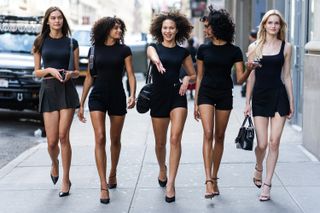
Models attend casting calls for the 2024 Victoria’s Secret Fashion Show.
(Image source: Getty Images)
The brand has lost much of its late 90s and early 2000s luster, Selling sexy chronicle. Fernandez noted that it has lost a lot of cultural cachet compared to brands like Skims, a brand that knows how to leverage celebrities while still being inclusive. But the Columbus, Ohio-based retailer is ready to prove whether it has learned from its history. Tonight, the Victoria’s Secret Fashion Show returns to its original form, complete with glittering runways and angel wings. It will also be more inclusive than in past eras: plus-size and transgender models will walk the runways for the first time, alongside OG Angels like Tyra Banks and Candice Swanepoel. The show’s revamp is the first major move under current CEO Hillary Super, who was appointed in August.
Even before Super arrived from Savage x Fenty, the possibility of a return to fashion shows had been on the cards. But it’s hard not to hope that new female leadership at the top of the brand can correct course at a time when female voices have been ignored. Either way, Fernandez and Sherman will be watching.
